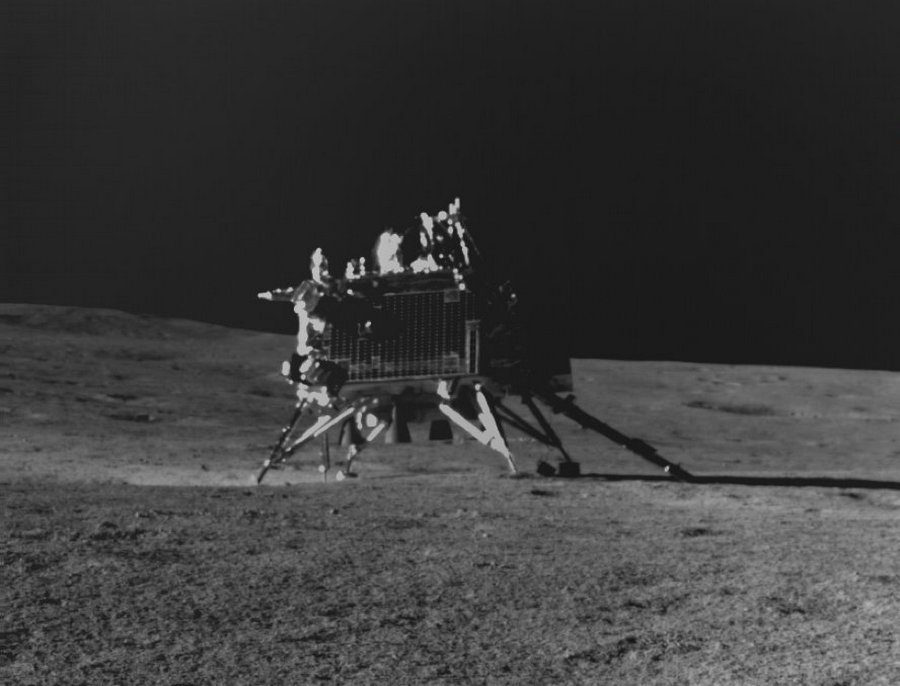The Indian Space Research Organization (ISRO) has released another series of images of the lunar lander Vikram from the Chandrayaan-3 mission. The images were taken by the moon rover Pragyan, which had moved away from the lander by a small distance.

Previously, ISRO published the first photographs of the lunar lander Vikram since its historic landing on August 23. According to the organization’s representatives, these images were taken by the navigation camera aboard the moon rover.
Additionally, the lander measured temperatures and confirmed the presence of sulfur at the Moon’s south pole.
https://twitter.com/intent/follow?ref_src=twsrc%5Etfw%7Ctwcamp%5Etweetembed%7Ctwterm%5E1696906614194807178%7Ctwgr%5Ee0dcf21eaabe1f19d61813bf68abaed9be842b28%7Ctwcon%5Es2_&ref_url=https%3A%2F%2Fdev.universemagazine.com%2Fpragyan-nadislav-svitlynu-svogo-posadkovogo-modulya-vikram-z-poverhni-misyaczya%2F&screen_name=isro
“The Laser-Induced Breakdown Spectroscopy (LIBS) instrument aboard Chandrayaan-3 has made the first-ever measurement of the elemental composition of the lunar surface near the south pole. These measurements unequivocally confirm the presence of sulfur in this region, which was not possible with instruments aboard orbital spacecraft,” the space agency reported.
India made history on August 23 when the lunar lander Chandrayaan-3 successfully landed in the region near the Moon’s south pole. As a result, it became the first country to achieve this historic feat, and the fourth country after the United States, China, and the former Soviet Union, whose spacecraft worked on the surface of our natural satellite.
Furthermore, other countries have also shown interest in lunar research. The Japanese space agency JAXA is preparing an attempt to land its lunar lander named SLIM. Additionally, the private company SpaceIL from Israel plans a second attempt in 2024 to land the spacecraft Beresheet-2 on the lunar surface.
Earlier, we reported on how Chandrayaan-3 showed the far side of the Moon’s surface before landing.
Source: indiatimes.com

